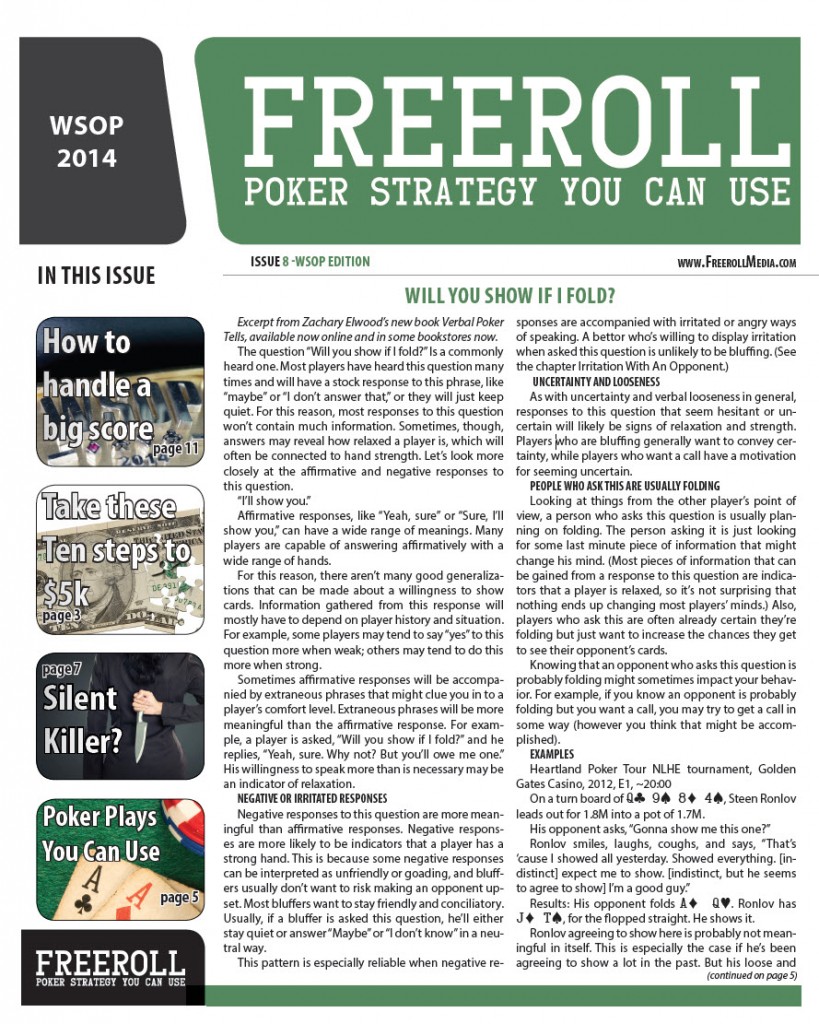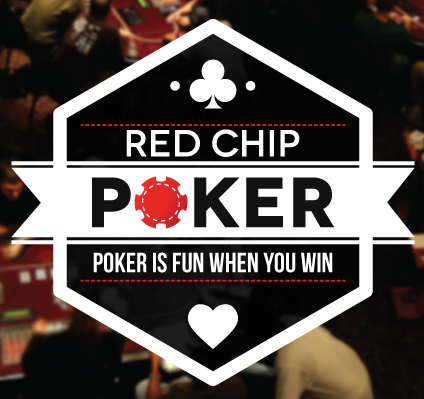Mirror their Face
- By Heath Demaree
- February 20, 2014
- Comments Off on Mirror their Face
 Some people are better than others at recognizing emotion in others’ faces. That said, a single individual can go through periods when they are better and worse at recognizing emotion. What types of things cause people to become temporarily better or worse as “reading” emotional faces?
Some people are better than others at recognizing emotion in others’ faces. That said, a single individual can go through periods when they are better and worse at recognizing emotion. What types of things cause people to become temporarily better or worse as “reading” emotional faces?
It turns out that it isn’t easy to quickly and accurately perceive others’ facial expressions: It takes cognitive (thinking) resources. When people’s mental resources are divided, by being given other cognitive tasks to perform while simultaneously reading faces, they become significantly worse at perceiving emotional facial expressions. This isn’t particularly surprising, and the many mental operations required by poker may be one of the reasons why we often have trouble reading faces around the poker felt.
One thing that can help people read facial expression is known as “facial mimicry” – imitating the expressions we see in others. Facial mimicry is often automatic. For example, when seeing another person in pain, we often produce subtle pain expressions ourselves (this is known as “micromimicry”). It turns out that micromimicry actually facilitates people’s ability to perceive others’ emotional expressions. Here is yet another reason why poker players may have trouble reading facial expressions: We typically don’t allow ourselves to express emotion while playing poker (especially when we’re in a hand)!
A recent psychological study examined exactly how cognitive demands and facial mimicry affect people’s abilities to perceive emotional faces (Schneider, Hemel, & Lunch, 2013). In this research, all participants were asked to watch a series of facial expressions that gradually morphed from a neutral facial expression to one of six different emotional expressions (happiness, sadness, fear, anger, surprise, and disgust). Their job was to accurately report as quickly and accurately as possible which emotion was being displayed by the face. The experimental manipulation was this – while performing the task, one-third of the participants were instructed to suppress their own facial expressions (i.e., maintain a “poker face”) , one-third were instructed to mimic the facial expressions of the target face as closely as possible, and one-third were to perform the task “naturally” (no special instructions were given).
This is an interesting study because it pitted 2 different variables – cognitive demand and facial mimicry – against each other. Because facial suppression requires both cognitive resources and impedes one’s ability to mimic others’ facial expressions, it should clearly impair facial reading ability. Facial mimicry, however, requires cognitive resources (possibly hurting emotion perception) but obviously facilitates mimicry (possibly aiding the ability to read facial expressions).
What were the results? As expected, compared to the “natural” group, facial suppression dramatically impaired people’s ability to quickly and accurately read emotional faces. Facial mimicry, conversely, actually improved people’s abilities to perceive others’ emotions! (This effect was not quite statistically significant, but very close.)
What does this mean around the poker table? Well, even the greenest of poker players have been taught to pay attention to the action around a table – even when not playing. The rationale for this is simple: You want to learn players’ tendencies, etc. in order to exploit these tendencies later on. The above research supports the importance of paying attention to the game when not in an active hand, but for very different reasons. For one, we don’t have so many competing cognitive demands when we’re not in a hand. Second, we’re allowed to more flexibly express emotion when outside of a hand. Both of these should enhance our ability to perceive others’ emotions (such as their joy and fear). As such, we may better pick up on players’ tendencies when we’re watching a hand relative to when we’re in a hand! For example, is Player X usually afraid when firing a second barrel (i.e., he’s often bluffing), or is Player Y always strong when floating? Such emotional “reads” have obvious value around the poker table, allowing you to better exploit your opponents’ foibles.
Reference:
Schneider, K. G., Hempel, R. J., & Lynch, T. R. (2013). That ‘poker face’ just might lose you the game! The impact of expressive suppression and mimicry on sensitivity to facial expressions of emotion. Emotion, 13(5), 852-866


